Here is a modified version of the answer in this post:
=LET( upValues, B2:G5, upFields, {"ID","Color"},
byBody, A2:A5, byHdr, A1,
blockSize, COLUMNS( upFields ),
byC, COLUMNS( byBody ), upC, COLUMNS( upValues ),
dmxR, MIN( ROWS( upValues ), ROWS( byBody ) ),
upCells, dmxR * upC/blockSize,
tCSeq, SEQUENCE( 1, byC + blockSize ), tRSeq, SEQUENCE( upCells + 1,, 0 ), upSeq, SEQUENCE( upCells,, 0 ),
hdr, IF( tCSeq <= byC, INDEX( byHdr, , tCSeq ),
INDEX( upFields, 1, tCSeq - byC - 0 ) ),
muxBody, INDEX( byBody, SEQUENCE( upCells, byC, 0 )/byC/upC*blockSize + 1, SEQUENCE( 1, byC ) ),
muxValues, INDEX( upValues, SEQUENCE( upCells, blockSize, 0 )/upC+1, MOD(SEQUENCE( upCells, blockSize, 0 ),upC)+1),
table, IF( tCSeq <= byC, muxBody,
INDEX( muxValues, upSeq + 1, tCSeq - byC ) ),
ftable, FILTER( table, INDEX( table, , 2 ) <> 0 ),
fRSeq, SEQUENCE( ROWS( ftable ) + 1,,0 ),
IF( fRSeq = 0, hdr, INDEX( ftable, fRSeq, tCSeq) ) )
When unpivoting, we say that we Unpivot rangeX By rangeY. This formula follows that convention.
upValues is the values to be unpivoted (B2:G5 in this example). This accepts a range.
upFields are the column headers that you want to display in your output (I hard coded these in because ID# - 1, 2, etc. are essentially ignored in your case). This accepts a row-wise range or typed-in row-wise array as shown.
byBody is the column of by values (Jim, Mike...). This accepts a column-wise range
byHdr is the header for the by column(s). (Name is only one column, but this accepts a row-wise range)
As I assume that you want to apply it more generally, I left in a lot of the error handling overhead that was in the original post.

 What is the best way to go about this? Ideally, I'd like to have it set up where I can just paste new user entry rows at the bottom and have the vertical table repopulate.
What is the best way to go about this? Ideally, I'd like to have it set up where I can just paste new user entry rows at the bottom and have the vertical table repopulate.
